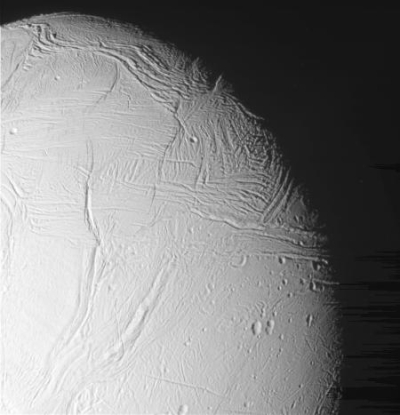China unveils model of planned 2020 Martian probe
The competition heats up: China today unveiled a one-third scale model of its planned Martian lander/rover, scheduled for launch in 2020.
If they succeed in putting a lander and rover on Mars, China will have clearly demonstrated the capability to do almost anything in space that the United States can do. The competition in the coming decades should thus be most interesting.
Posted from Tucson International Airport.
The competition heats up: China today unveiled a one-third scale model of its planned Martian lander/rover, scheduled for launch in 2020.
If they succeed in putting a lander and rover on Mars, China will have clearly demonstrated the capability to do almost anything in space that the United States can do. The competition in the coming decades should thus be most interesting.
Posted from Tucson International Airport.



